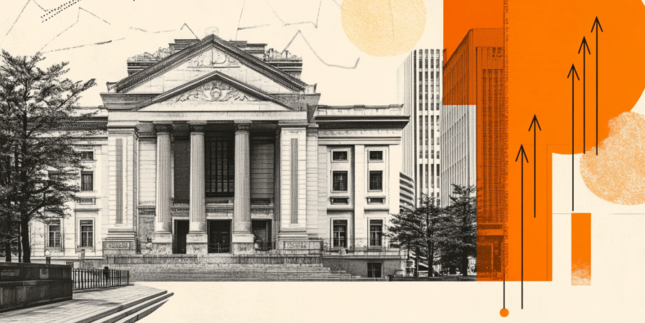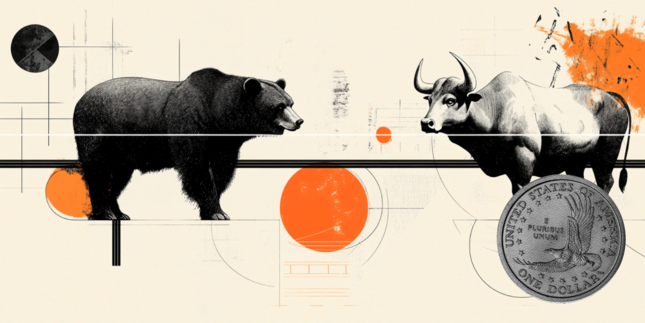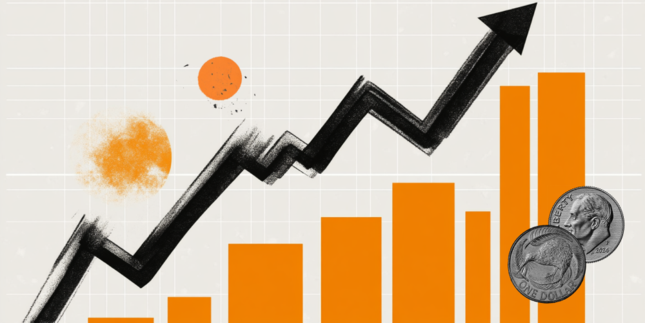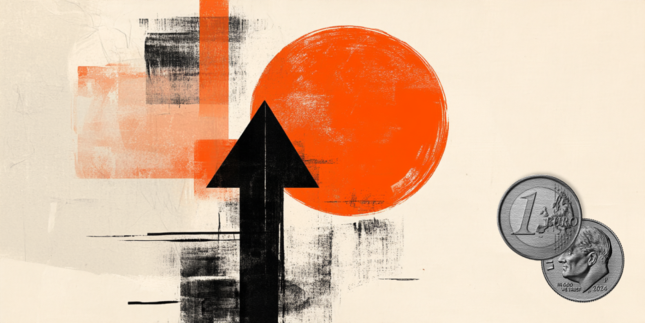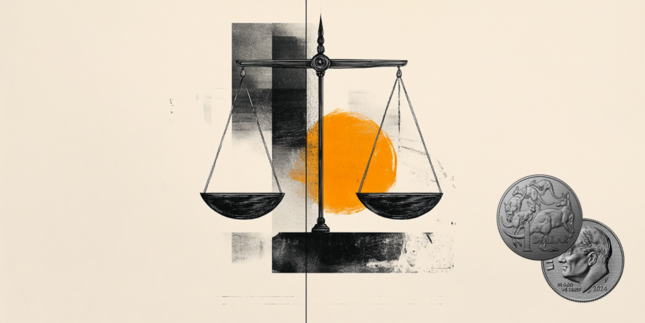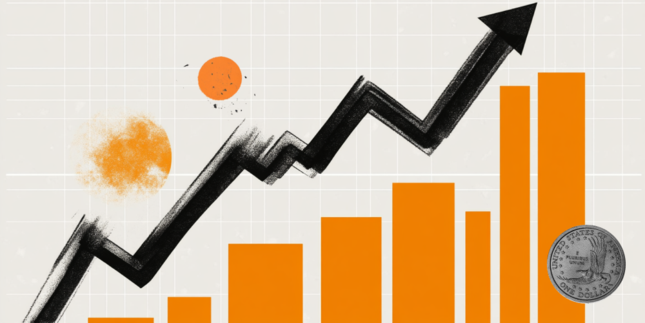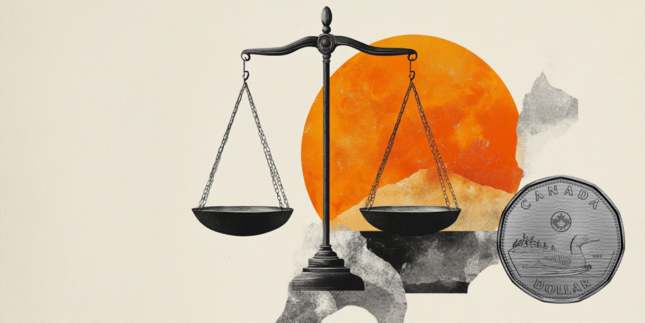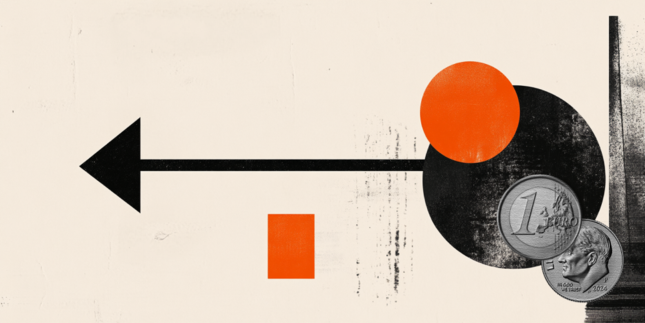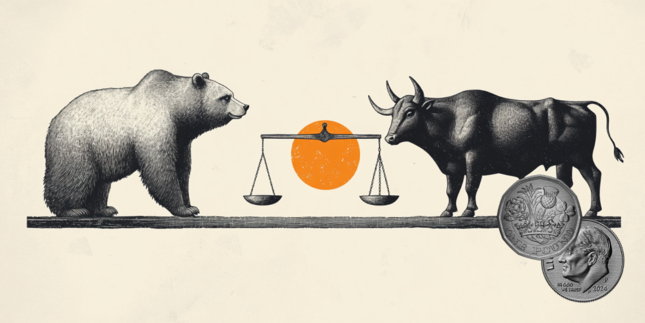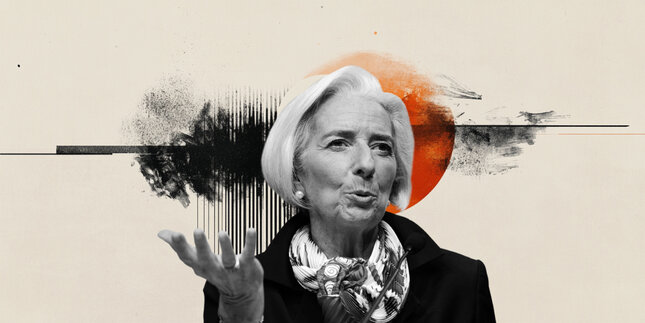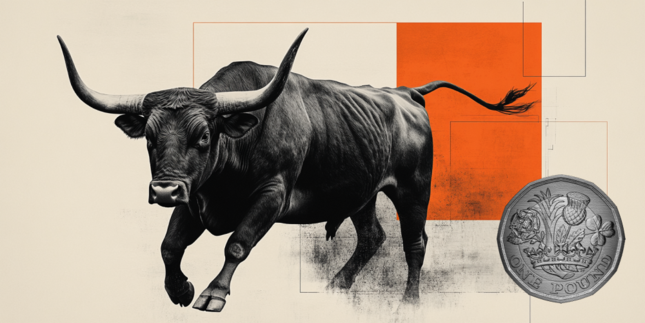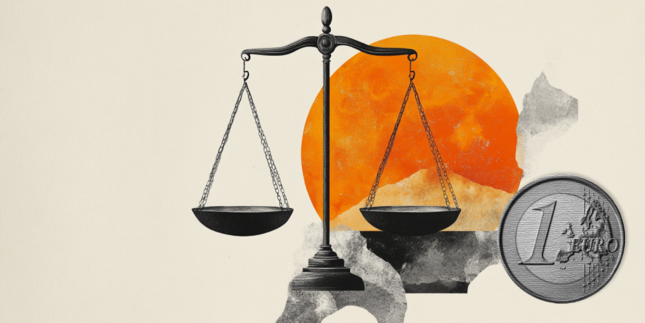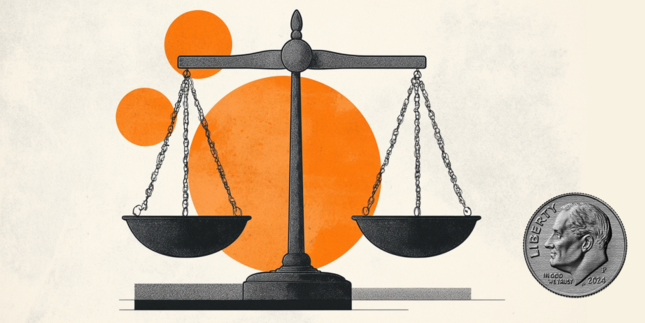-
Opps!
This language contents are not available!
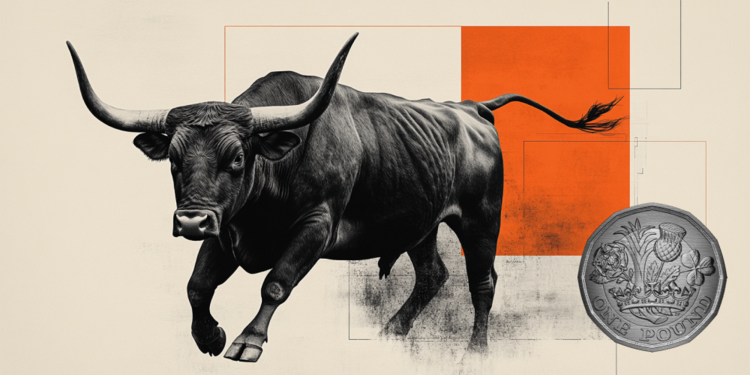
GBP/JPY advances to near 192.00 despite a dovish sentiment surrounding the BoE
- GBP/JPY could face challenges as the BoE is widely expected to lower its interest rate in February.
- The Japanese Yen could gain support due to the increased likelihood of the BoJ hiking interest rates later this week.
- Tomoko Yoshino, the head of Japan's largest trade union, Rengo, reaffirms the ongoing momentum for wage increases in Japan.
GBP/JPY continues to remain in positive territory for the fourth successive day, trading around 192.00 during the European hours on Wednesday. However, this upside of the GBP/JPY cross could be limited as the Pound Sterling (GBP) remains under pressure after the release of labor market data from the United Kingdom (UK) on Tuesday.
The ILO Unemployment Rate unexpectedly rose to 4.4%, along with the sharpest drop in payroll numbers since November 2020, signaling a potential weakening in the labor market. Following the labor market report, analysts at Nomura noted that this data provides the BoE with a "green light to cut in February." Markets are also betting on one or two more reductions after February.
Last week's data pointed to an unforeseen slowdown in inflation and weaker-than-expected economic growth. As a result, the Bank of England (BoE) is widely anticipated to lower the key interest rate by 25 basis points to 4.5% during its policy meeting on February 6.
Additionally, the GBP/JPY cross may depreciate as the Japanese Yen (JPY) could draw support from rising expectations that the Bank of Japan (BoJ) will hike interest rates later this week. Hawkish comments from Bank of Japan (BoJ) officials, combined with optimism that rising wages will help Japan sustainably achieve its 2% inflation target, bolster expectations for a potential rate hike on Friday.
Tomoko Yoshino, head of Japan's largest trade union, Rengo, echoed the BoJ’s sentiment, affirming the momentum for wage increases. The BoJ has consistently emphasized that sustained, broad-based wage growth is a key prerequisite for raising short-term interest rates.
Interest rates FAQs
Interest rates are charged by financial institutions on loans to borrowers and are paid as interest to savers and depositors. They are influenced by base lending rates, which are set by central banks in response to changes in the economy. Central banks normally have a mandate to ensure price stability, which in most cases means targeting a core inflation rate of around 2%. If inflation falls below target the central bank may cut base lending rates, with a view to stimulating lending and boosting the economy. If inflation rises substantially above 2% it normally results in the central bank raising base lending rates in an attempt to lower inflation.
Higher interest rates generally help strengthen a country’s currency as they make it a more attractive place for global investors to park their money.
Higher interest rates overall weigh on the price of Gold because they increase the opportunity cost of holding Gold instead of investing in an interest-bearing asset or placing cash in the bank. If interest rates are high that usually pushes up the price of the US Dollar (USD), and since Gold is priced in Dollars, this has the effect of lowering the price of Gold.
The Fed funds rate is the overnight rate at which US banks lend to each other. It is the oft-quoted headline rate set by the Federal Reserve at its FOMC meetings. It is set as a range, for example 4.75%-5.00%, though the upper limit (in that case 5.00%) is the quoted figure. Market expectations for future Fed funds rate are tracked by the CME FedWatch tool, which shapes how many financial markets behave in anticipation of future Federal Reserve monetary policy decisions.
Forex News
Keep up with the financial markets, know what's happening and what is affecting the markets with our latest market updates. Analyze market movers, trends and build your trading strategies accordingly.
